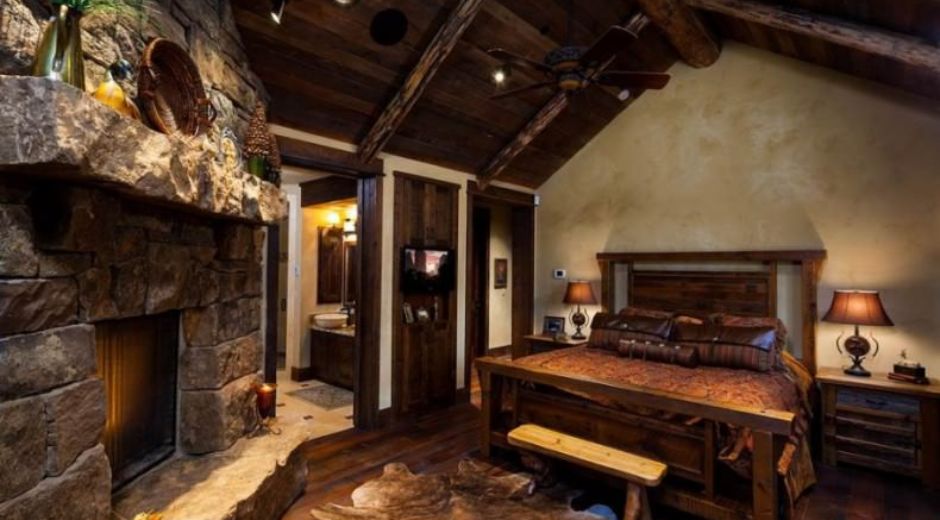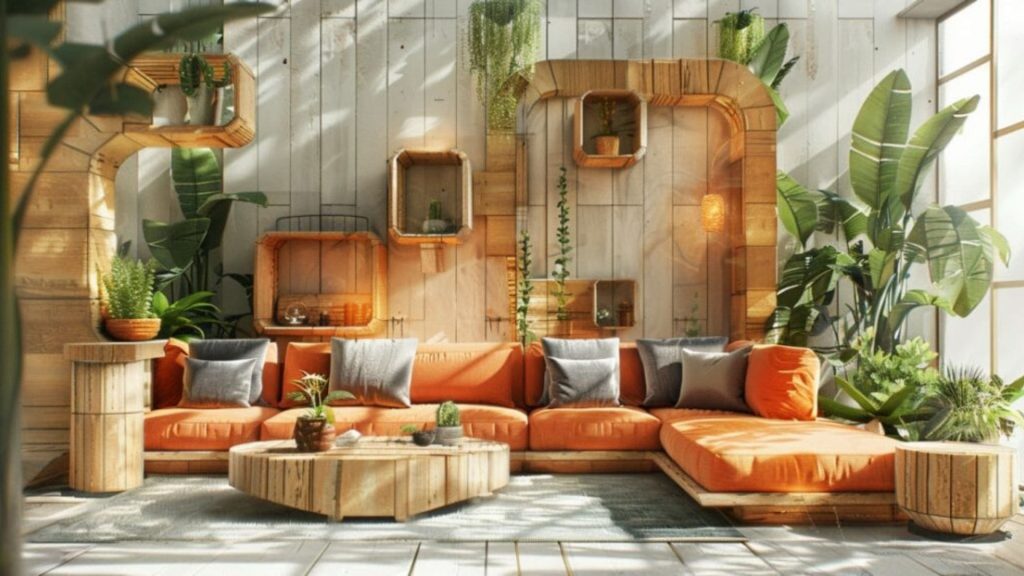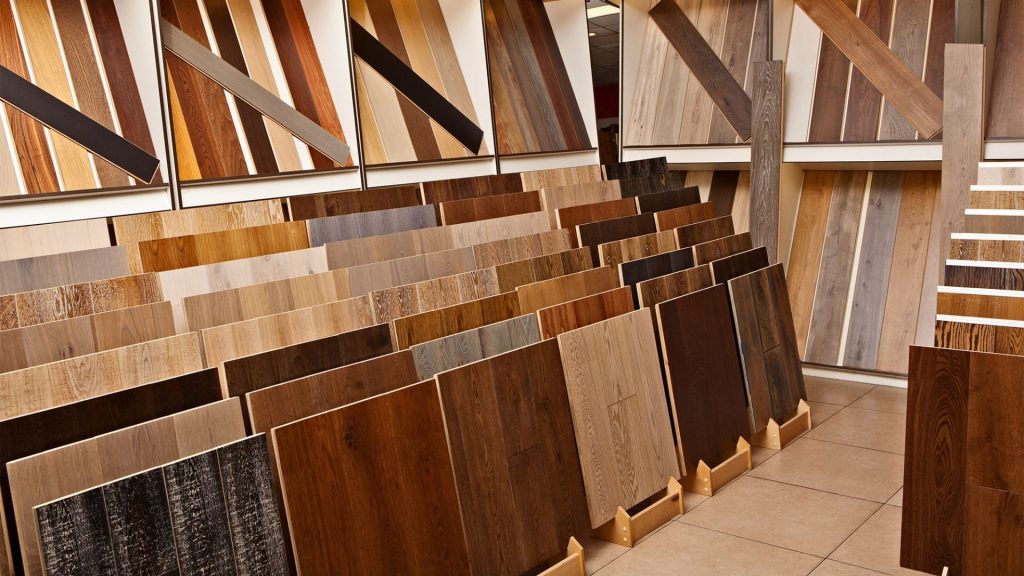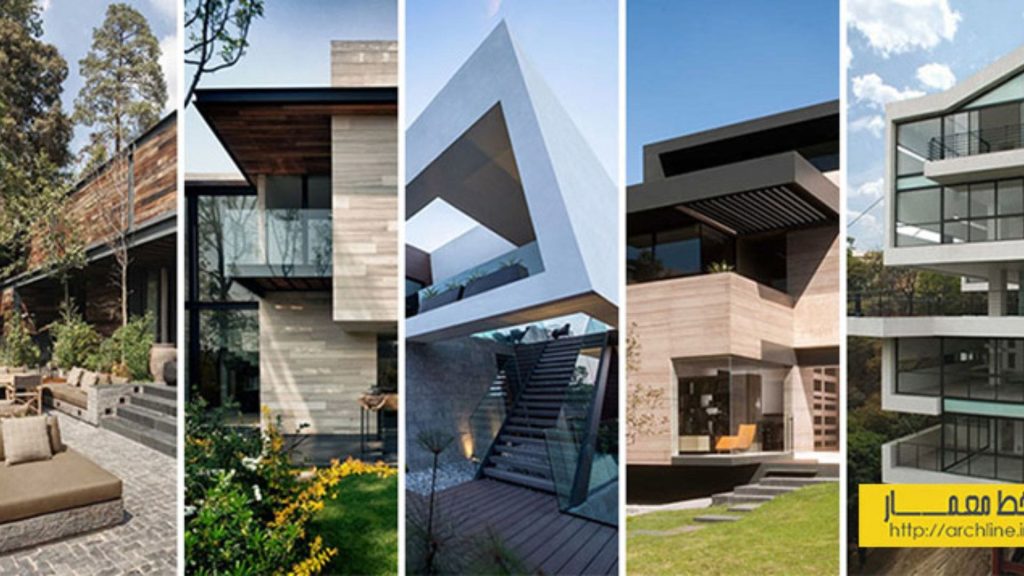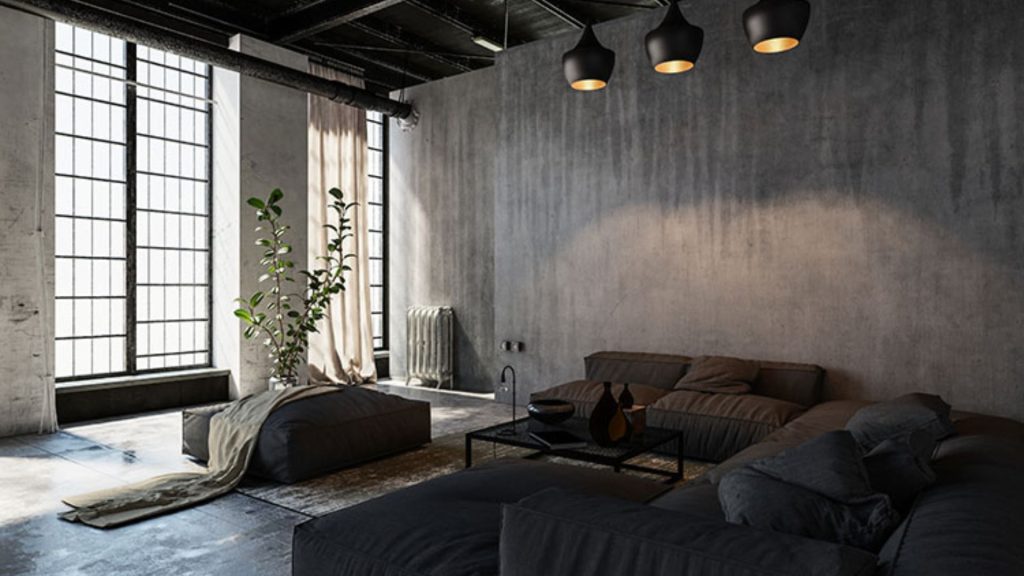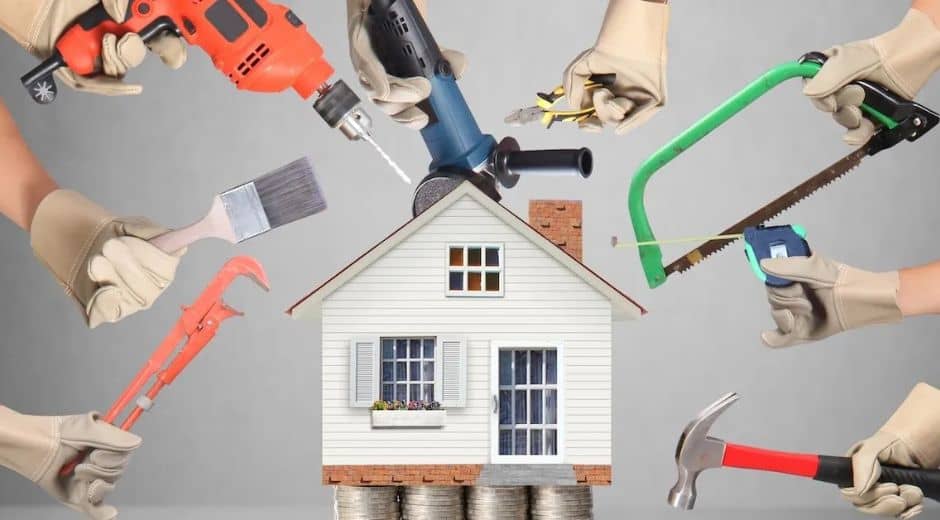Accent Trends 2025: Modern Finishes that Define Luxury
Accent Trends 2025: Modern Finishes that Define Luxury
In recent years, interior design has shifted dramatically, embracing a more holistic approach that prioritizes well-being, sustainability, and connection to the natural world. Exploring trends designing with materials inspired by nature has become more than just a niche preference—it’s a guiding principle for creating spaces that are both aesthetically pleasing and emotionally nurturing. From residential homes to commercial environments, designers are increasingly turning to organic textures, natural colors, and sustainable materials to craft spaces that feel alive and harmonious.
The Rise of Nature-Inspired Design
Modern lifestyles often involve long hours indoors, in front of screens or in urban environments that can feel disconnected from nature. This has driven a surge in interest for interiors that reconnect people to the outdoors. By exploring trends designing with materials like wood, stone, bamboo, and natural fibers, designers can create environments that offer comfort, calm, and a sense of balance.
Wood, for instance, remains a staple in contemporary interiors, from wide-plank flooring to accent walls. Its warmth and organic texture instantly create a welcoming atmosphere. Similarly, stone surfaces, such as marble or granite, add sophistication while connecting the space to the Earth’s raw beauty. Even textiles like jute, cotton, and wool are being incorporated into furniture, rugs, and decorative elements to enhance tactile comfort.
For inspiration and a broader understanding of nature-focused aesthetics, resources like Bionature Vista showcase the diverse ways designers are integrating natural elements into modern living spaces.
Sustainable Materials: Beyond Aesthetics
Sustainability is a cornerstone of modern design, and exploring trends designing in this area often emphasizes materials that are eco-friendly and responsibly sourced. Bamboo, cork, reclaimed wood, and recycled metals not only reduce environmental impact but also provide unique textures and visual appeal. These materials often age gracefully, developing character over time, unlike synthetic alternatives that can appear sterile and lifeless.
In addition to their environmental benefits, sustainable materials can improve indoor air quality and create healthier living environments. For example, low-VOC finishes and natural fiber textiles reduce exposure to chemicals commonly found in conventional building materials. Homeowners and designers alike are beginning to recognize that using nature-inspired surfaces is not only a stylistic choice but also a health-conscious one.
For real-world applications of these principles in residential design, Metro Property Homes features case studies that highlight eco-friendly construction and interior solutions incorporating natural materials.
Color Palettes Rooted in Nature
An essential component of designing with nature-inspired materials is the choice of color palettes. Exploring trends designing in 2025, designers are gravitating toward earthy hues that mimic the outdoors. Think soft greens, warm browns, sandy beiges, and muted greys. These tones evoke calmness and stability, making them perfect for bedrooms, living rooms, and offices where focus and relaxation are both priorities.
Nature-inspired colors also pair beautifully with a variety of textures. A stone countertop, for instance, can be complemented by wooden cabinetry and linen drapes in corresponding earthy shades, creating a cohesive and harmonious environment. Incorporating natural colors in both large surfaces and smaller accents allows for versatility in design while maintaining a connection to the environment.
Textures and Tactility
Beyond color, texture plays a pivotal role in exploring trends designing with natural materials. The tactile experience of a space contributes to its overall ambiance. Rough-hewn wood, polished stone, woven textiles, and soft organic fabrics provide layers of sensory engagement that enhance comfort and visual interest.
Layering textures can also help balance modern minimalism with organic warmth. For example, pairing sleek metal fixtures with rough stone countertops or soft wool rugs can create a visually stimulating yet harmonious interior. Designers are increasingly mindful of how touch, sight, and even sound interact in a space, using materials that satisfy multiple senses simultaneously.
Biophilic Design: A Natural Connection
Biophilic design, which emphasizes the human connection to nature, is at the forefront of modern interior trends. Exploring trends designing within this framework often involves integrating living plants, natural light, and water features alongside nature-inspired materials. Indoor greenery not only purifies the air but also adds color, texture, and a dynamic element to any room.
Using natural materials alongside biophilic principles enhances the overall effect. A wooden feature wall behind a living green wall, stone floors with potted plants, or bamboo furniture arranged near large windows all create spaces that feel alive and restorative. This holistic approach to design demonstrates that thoughtful material choices go beyond decoration—they actively support well-being.
For additional insights on integrating biophilic elements and sustainable surfaces, Fixolix offers resources and guides for homeowners and designers aiming to harmonize interior spaces with nature.
Practical Applications in Residential Spaces
Residential interiors are perhaps the most common arena for exploring trends designing with nature-inspired materials. Kitchen countertops, bathroom vanities, flooring, wall panels, and even furniture can all benefit from natural textures and colors. For instance, quartz or marble countertops provide durability while echoing natural stone formations. Wooden flooring adds warmth and comfort underfoot, and woven rugs or throws soften and humanize the space.
Bedrooms and living rooms particularly benefit from materials that promote calm and relaxation. Linen bedding, woolen blankets, and wooden furniture all contribute to an environment conducive to rest and rejuvenation. The careful combination of textures, colors, and natural elements results in spaces that are not only stylish but also nurturing.
Commercial Design: Nature-Inspired Surfaces for Offices and Retail
Commercial environments are also embracing nature-inspired materials as businesses recognize the benefits of creating spaces that reduce stress and increase productivity. Offices, co-working spaces, and retail locations are incorporating wood, stone, and greenery to craft inviting and functional interiors. Exploring trends designing in commercial spaces highlights how thoughtful material selection can impact mood, efficiency, and customer experience.
Reception areas, conference rooms, and break rooms benefit from surfaces that combine aesthetics with durability. Stone countertops, wooden wall panels, and textile elements contribute to a professional yet welcoming environment. Even in high-traffic areas, sustainable and resilient materials ensure longevity without compromising style.
Future Outlook: Innovation Meets Nature
As technology advances, designers are finding innovative ways to mimic or enhance natural materials. Engineered stones, eco-friendly composites, and digitally printed surfaces allow for precise replication of textures, patterns, and colors found in nature. This fusion of innovation and natural inspiration is central to exploring trends designing in the next decade.
The future of design will likely see increased collaboration between technology and ecology, where materials not only look and feel natural but also perform sustainably and efficiently. Designers are tasked with balancing creativity, environmental responsibility, and functionality, ensuring that interiors remain beautiful, practical, and aligned with human needs.
Conclusion
Exploring trends designing with nature-inspired materials reflects a broader cultural shift toward sustainability, wellness, and harmony. By incorporating wood, stone, natural textiles, and biophilic elements, designers are creating interiors that resonate with both the human spirit and the environment. Whether in homes or commercial spaces, these materials offer a timeless appeal that blends beauty, function, and mindfulness.
For more inspiration on sustainable surfaces and design ideas, check out Bionature Vista for nature-focused aesthetics, Metro Property Homes for real-world eco-friendly projects, and Fixolix for practical guidance on integrating natural materials into your spaces.
By staying attuned to these evolving trends, homeowners and designers can create interiors that not only reflect contemporary style but also foster well-being, sustainability, and a deep connection to the natural world.
The Pulse of Repairs

Air Sealing: The Fastest Way to Stop Drafts at Home
Air Sealing: The Fastest Way to Stop Drafts at Home
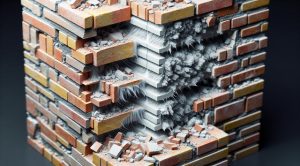
Cavity Wall Insulation: Cut Heat Loss Without Major Renovation
Cavity Wall Insulation: Cut Heat Loss Without Major Renovation

Use Joint Tape for Strong, Clean Wall Finishing
Use Joint Tape for Strong, Clean Wall Finishing

How a Stud Finder Makes DIY Projects Safer
How a Stud Finder Makes DIY Projects Safer

Sealing Tape Uses for Waterproof DIY Repairs
Sealing Tape Uses for Waterproof DIY Repairs

Floor Screed Basics for Level, Durable Surfaces
Floor Screed Basics for Level, Durable Surfaces

Wall Anchors That Support Heavy Home Fixtures
Wall Anchors That Support Heavy Home Fixtures

Foam Insulation Tricks for Lower Energy Bills
Foam Insulation Tricks for Lower Energy Bills

Modern Hinge Systems for Smooth, Silent Doors
Modern Hinge Systems for Smooth, Silent Doors
